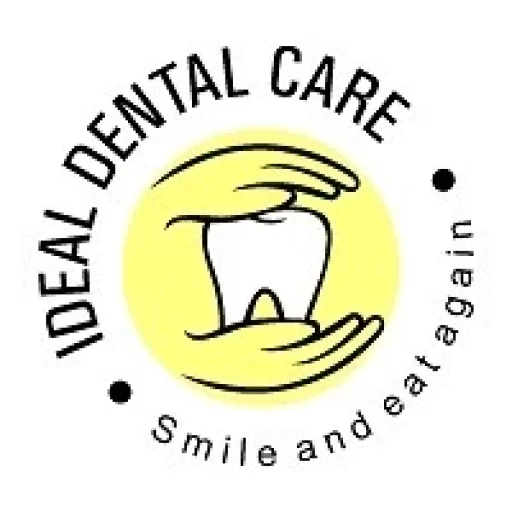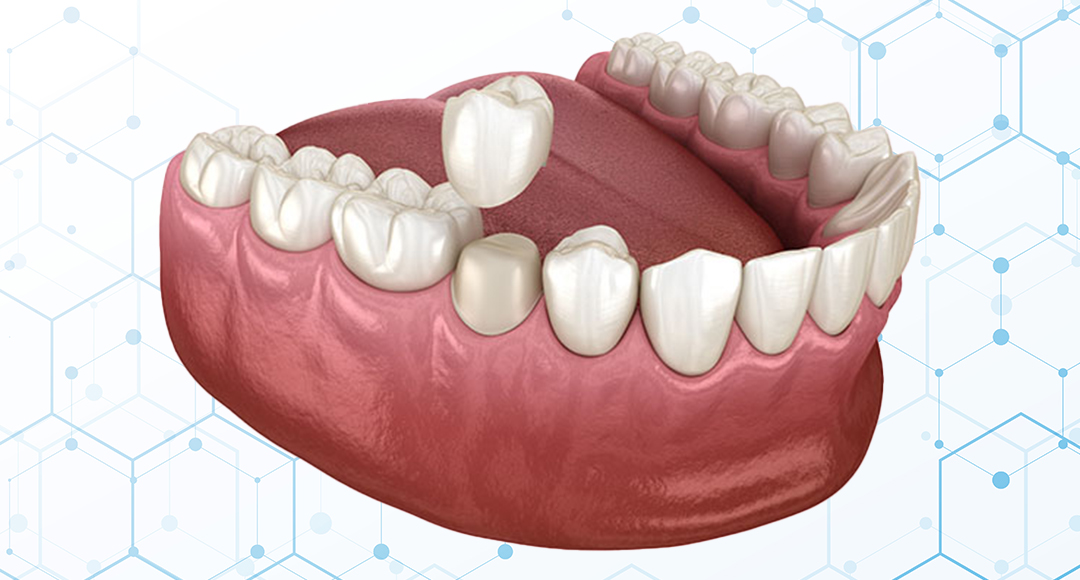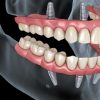What is CEREC?
Advancement of Dentistry has introduced several fresh and innovative procedures, allowing patients multiple options to treat their condition.
CEREC is one such technology that enables dentists to complete dental crown or dental bridge treatment in just 2 hours while also increasing the precision of the procedure. CRERC (Chairside Economical Restoration of Esthetic Ceramics) is a German technology that provides patients with an improved Digital Chairside Treatment Experience
This blog talks about What CEREC Crowns are, their procedure, the advantages and disadvantages of CEREC Crowns, Traditional vs CEREC Crowns, and how to care for teeth after getting CEREC Crowns.
What are CEREC Crowns?
CEREC is an abbreviation for Chairside Economical Restoration of Aesthetic Ceramics; it is a system that uses computer-aided design and manufacturing (CAM/CAD) to create materials for dental restoration. Crowns, fixed bridges, dental implants, inlays and onlays, veneers, dentures, and other orthodontic equipment are designed using this cutting-edge German technique.
Dentists can now make dental crowns from porcelain, metal, ceramic, and resin. A CEREC crown, on the other hand, is comprised of incredibly durable ceramic, and the entire process can be completed in one visit since they use computer-assisted equipment that is available on-site to design, produce, and place these crowns.
The Procedure of CEREC Crowns
Once the patient has decided to go forward with the dentist’s recommendation for a CEREC crown, here’s what they can expect:
- Teeth Examination and Preparation: The dentist inspects the patient’s teeth to determine whether a CEREC crown is appropriate. The dentist must also determine how much healthy tooth structure the patient still has. After discussing all the options with the patient, the dentist preps the injured tooth and anaesthetises the surrounding area. It also covers the removal of cavities and weakened tooth tissue, after which the dentist will dry the area and prepare for the next phase.
- Dental Impressions: This stage requires the patient to open their mouth wide for the camera so that the dentist can use an intraoral camera to take a digital scan of their tooth. The program on the computer will then generate digital photographs of the tooth’s surface. The machine will convert and fuse multiple static pictures to create a 3-D model of the patient’s teeth.
- Milling: The machine will construct the customised dental crown required for the patient’s teeth during this process. To avoid it standing out from the crowd, the dentist will select the closest coloured ceramic block based on the original colour of your teeth. The device can then begin to construct the crown. It only takes around 15 minutes to mill the new crown.
- Crown Fittings: The final step of the procedure is to fit the freshly created crown. The dentist will cement and polish the crown to the patient’s tooth to set it in place, ensuring they obtain the right fit and bite.
Advantages of CEREC Crowns
CEREC crowns, like any other technique, have advantages and disadvantages. Here are the advantages of having them.
- Convenience: The short design process makes same-day service possible; CEREC Crowns allow patients to obtain a new crown in only one visit. They don’t have to take time off work or miss a class because they don’t have to go to the dentist often.
- Temporary Crowns are Unnecessary: Your dentist places a temporary crown on your tooth to safeguard it between clinic appointments with traditional dental crowns. A CEREC crown process, on the other hand, avoids the need to opt for a temporary crown while the patient waits for the lab to create a customised one.
- No Messy Dental Impressions: CEREC allows the dentist to take digital impressions of the teeth to create a 3D model, avoiding the dental plaster to capture the alignment and contour of the patient’s teeth. The CEREC system eliminates the need for large, dirty, painful impression trays.
- Durability: Dental crowns manufactured in a single visit are of lower quality than traditional equivalents. Fortunately, this is not the case. According to research, installing a CEREC crown can restore trustworthy teeth.
- Natural Appearance: Others may not see that the patient’s teeth have a CEREC crown. Because it lacks a metal core, it appears more natural and blends in better with the rest of their teeth.
Disadvantages of CEREC Crowns
Despite all of the genuine advantages of CEREC crowns, there are certain disadvantages to consider:
- Availability in the patient’s Area: Unfortunately, not all dental offices offer this operation since they may lack the necessary machine for the restorations. Furthermore, handling such a system necessitates substantial training for dentists.
- Not suited to the patient’s requirements: Just because a CEREC machine is available does not automatically imply that it is the patient’s best answer. Before considering whether a CEREC crown suits their dental concerns, consult your dentist first.
Take Away
In the ever-evolving domain of dentistry, innovative technologies continue to reshape treatment options. Among these breakthroughs, CEREC stands out, revolutionizing the creation of dental crowns and bridges in a mere two hours, all while enhancing precision.
CEREC’s Chairside Economical Restoration of Aesthetic Ceramics is a game-changer, offering patients a digital chairside experience like never before. The procedure is a marvel – from the initial examination to the crown fitting, it’s a single-visit process that eliminates the need for temporary crowns and messy impressions. Durability, natural appearance, and convenience shine as its strengths.
However, like any advancement, CEREC does have its limitations, such as availability and suitability based on individual needs. As you contemplate your dental choices, remember that Ideal Dental Care is your partner for optimal oral health. Don’t hesitate to consult with us and experience a healthier smile.




